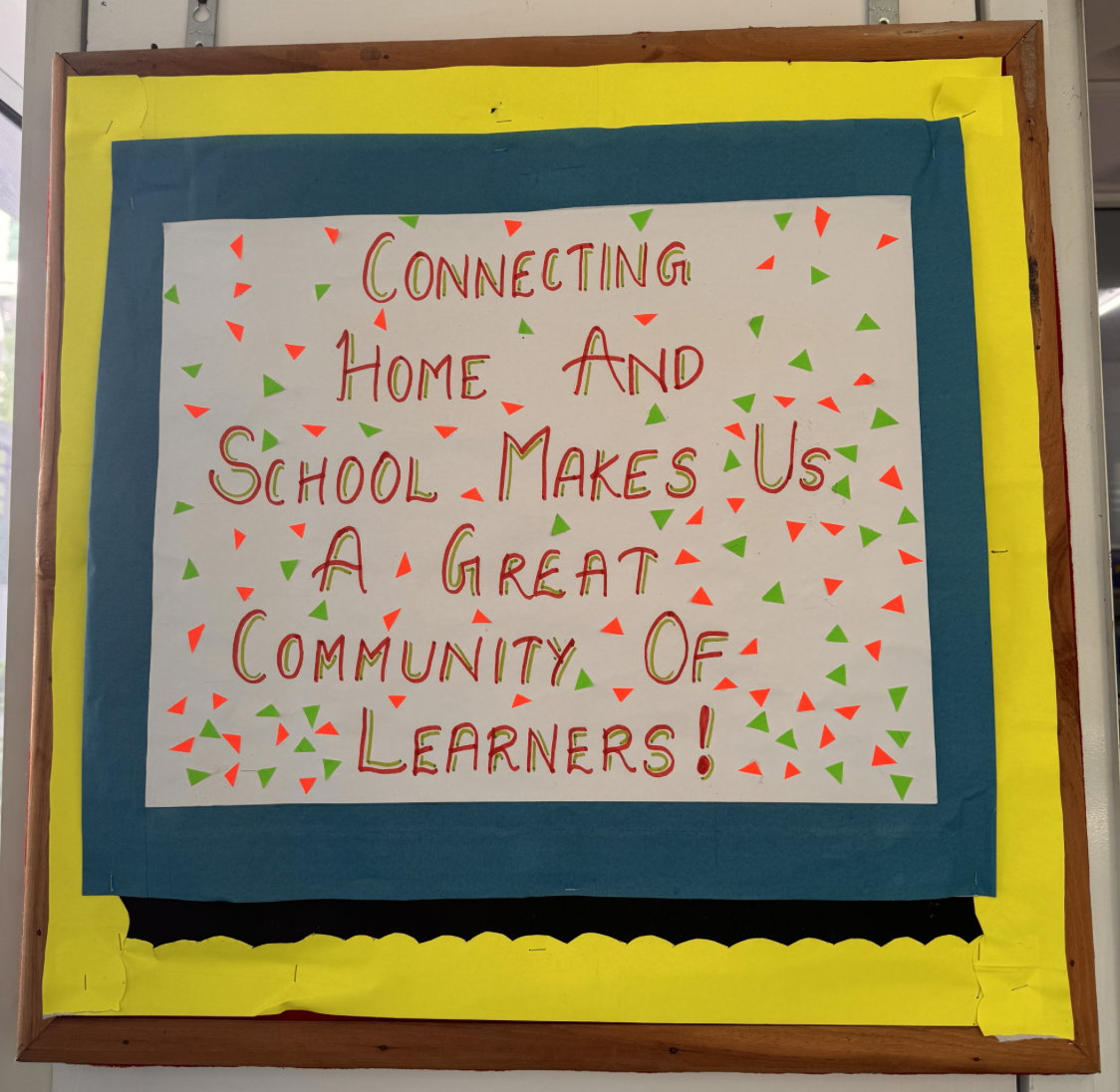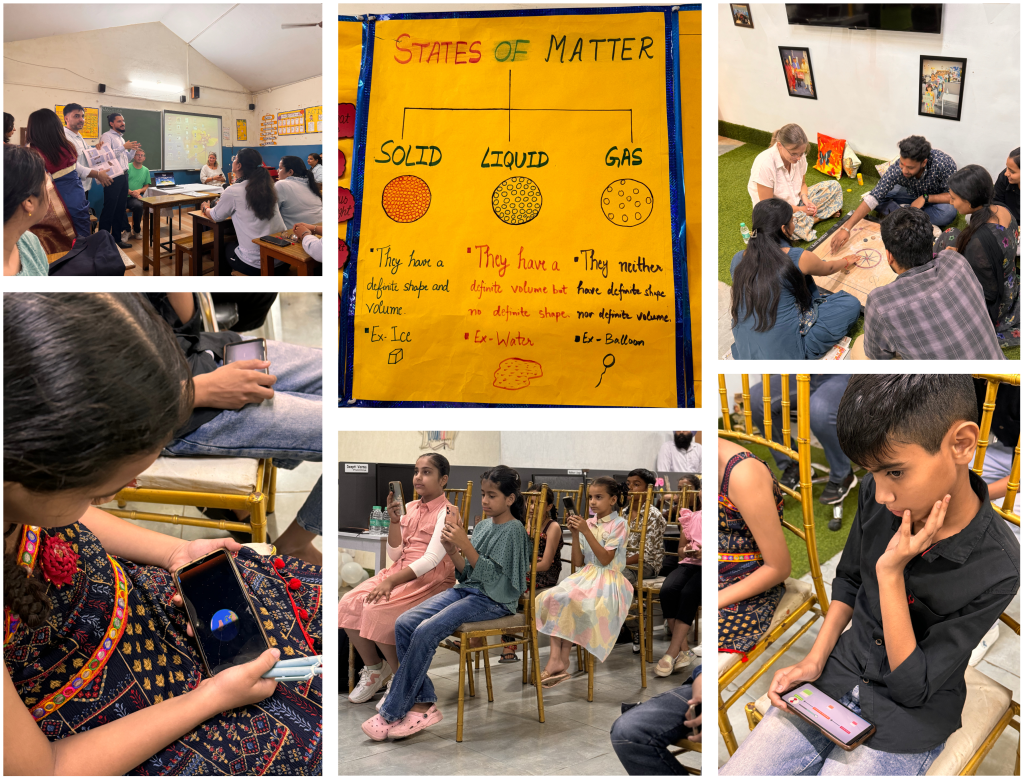
This project is funded by the MITACS Accelerate grant and led by Professor Emmanuelle Le Pichon and PhD student Sudhashree Girmohanta. It investigates the suitability of implementing the Binogi mobile application, a digital resource for learning science and math in multiple languages, to support inclusive and accessible education for students in grades 4 to 9 at two rural schools in North India. These two schools are located in Haryana and Uttar Pradesh, where Hindi is the dominant language. However, English serves as the medium of instruction for both the schools.
The project employs a comprehensive methodology, starting with a literature review to understand India’s cultural, technological, and educational context. A pilot study in science and math classrooms assesses teaching practices and student engagement with Binogi. Teacher interviews explore the practical challenges of integrating such digital tools, while student focus groups provide valuable insights into usability and relevance. By addressing curriculum alignment, digital accessibility, and language inclusivity, the project aims to leverage Binogi to enhance learning outcomes and reduce dropout rates, ultimately promoting equitable education in India’s junior education system.
